Retro Review: Mercury Cyclone Spoiler
For a few short years, Mercury built the Cyclone Spoiler, a powerful muscle car that nearly took the brand flagship from the Cougar.
The Bold and Stylish Mercury Cyclone Spoiler
The styling was bold, brash, and aggressive. Crosshairs were prominently featured in the Cyclone Spoiler’s styling, which was intentional. Mercury wanted a muscle car that would break from the convention of the day and have the power to back up those features. The resulting product ended up being so fast that it could’ve given the Cougar a run for its money in the lineup had the chips fallen just a little bit differently. Here’s a glimpse back in time as we look at one of the rarest and most powerful muscle cars to ever come out of a Mercury factory.
A Riff on The Mercury Comet
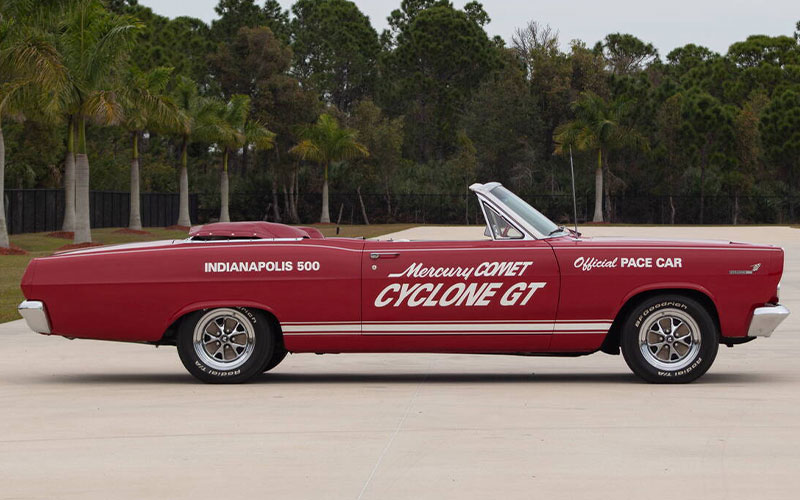
The very first use of the name Cyclone on a Mercury product was in connection with the 1964 Comet. That was the very first year of the second-generation Comet and as such, Mercury updated trim level names. Cyclone was the high-performance version of the Comet. The word Cyclone immediately gained a reputation for power and speed thanks to its 210-hp V8. A small subset of super-high-performance factory racing Comet Cyclones was also produced with a twin-carb 427 V8. They went on to dominate drag racing’s A/FX class.
While it would be a few years before everyday customers could get their hands on that kind of power, the Cyclone would continue on as the top trim level of the Comet and make 335-hp by 1966. That year also saw the introduction of a fiberglass hood to save weight along with dual hood scoops for better engine cooling. All of these changes were only a glimpse of what was to come in the near future though. The Cyclone was about to split away from the Comet and get a lot more power too.
The Mercury Cyclone Stands Alone
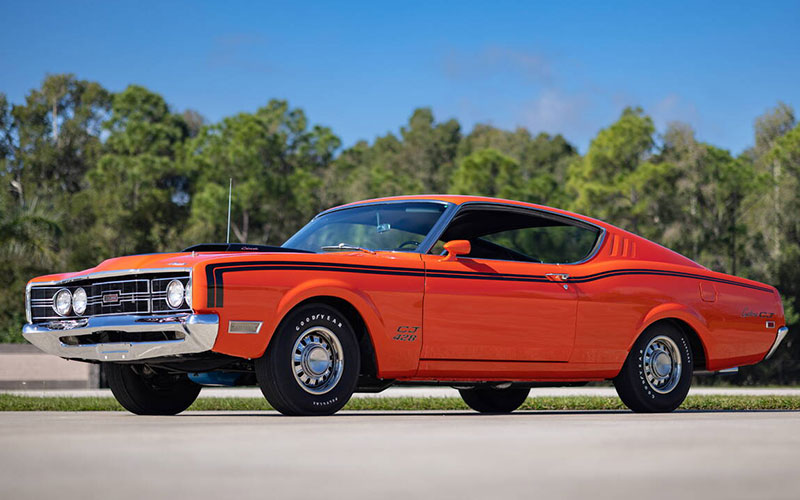
In 1968 a whole new generation of the Cyclone arrived and for the first time, it was a model all by itself. Similarly sized to the Chevrolet Monte Carlo, the Cyclone was offered in a variety of trims and with many engines to choose from. The base car would produce just 220 horsepower through the use of a 302 cu.in. V8. Above that were different options that would go into the Cyclone GT trim but none could stand up to what the Cyclone Spoiler had on offer starting in 1969.
Starting out as a new high-end trim of the Cyclone, the Spoiler featured a 390 cu.in. V8 that made around 325-hp thanks to the addition of a Holley carburetor. It was only outshined that year by the Cyclone CJ or Cobra Jet with a very slightly more powerful V8 and some unique badging.
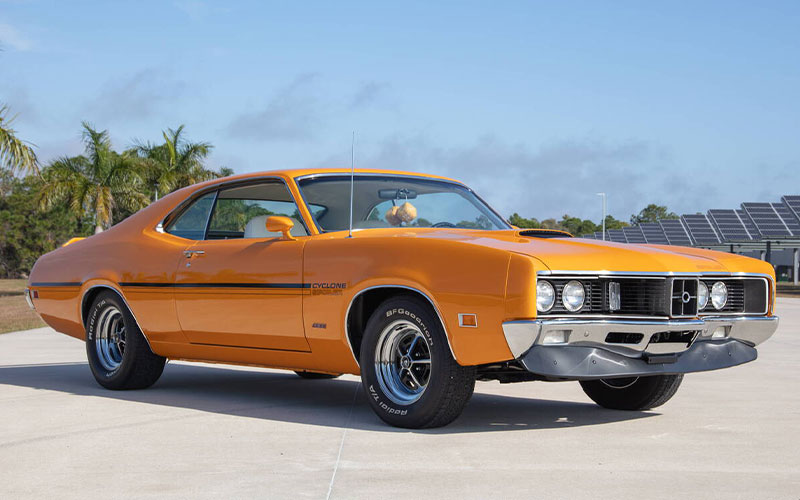
Performance reports for the original Cyclone Spoiler say that it could rocket from 0-60 in just 7.3 seconds but we actually think it might be faster. The Cobra Jet version with only 10 more horsepower could do the same feat in a confirmed 6.1 seconds. While that wouldn’t be enough to keep up with challengers from GM, these two tough muscle cars would only get better in 1970 as more power and styling were added.
Going Out With A Bang
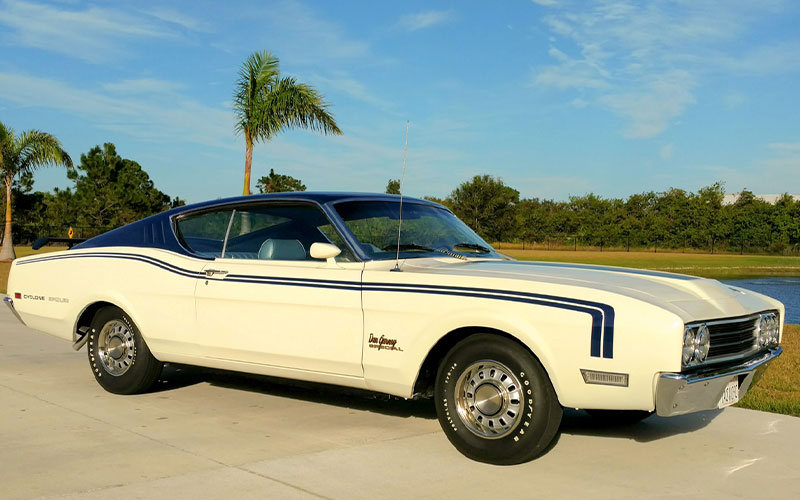
If you bought a 1970 Mercury Cyclone of any kind you’d drive away with no less than 360-hp. That was a huge figure for the time and the Cyclone Spoiler kept ten more ponies under the hood with its newly devised Ram-Air intake. Unique spoilers adorned the front and rear of the car. A 140-mph gauge cluster with an 8,000-rpm tachometer was featured prominently in the dash. A special Dan Gurney version, in tribute to his NASCAR successes, was also created with a unique blue and white paint job to go along with it.
It proved to be the swan song of this short-lived muscle car as the energy crisis took a full grip on the industry soon after. The Cyclone Spoiler and the rest of its lineup remained largely unchanged for the 1971 model year. A new flat black spoiler was added to the car but the Ram-Air intake was now an option. In 1972 it would be reabsorbed into another model range, this time becoming a trim on the Montego.
The Lasting Legacy of The Mercury Cyclone Spoiler
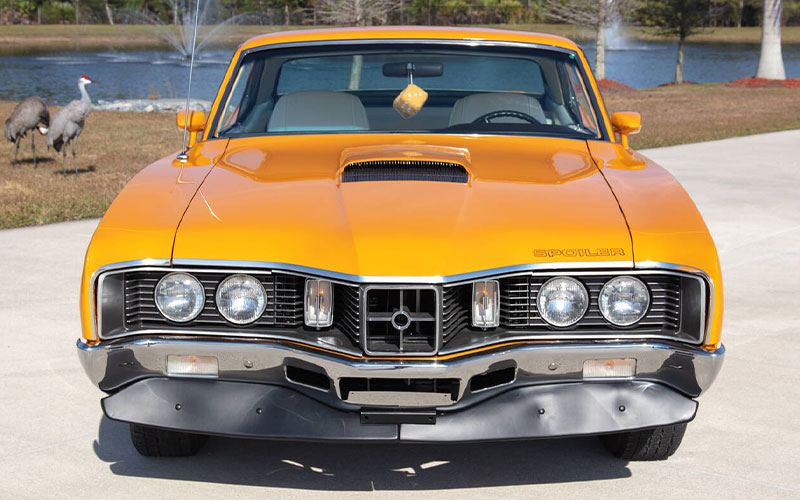
The Cyclone Spoiler is an often forgotten nameplate that by all means deserves more attention. Its bold styling pushed the envelope and the driving experience didn’t disappoint either. Having a grille that looks like crosshairs might seem a bit on the nose today but back then it shouted to others about how powerful it was. More importantly, it could cash the check that those speedy styling cues were writing. Today, when we look at other models like the Dodge Challenger Demon, the Pontiac Trans Am WS-6, and the RAM TRX it’s easy to see how that combination of ferocity and functionality has continued down to our day.














